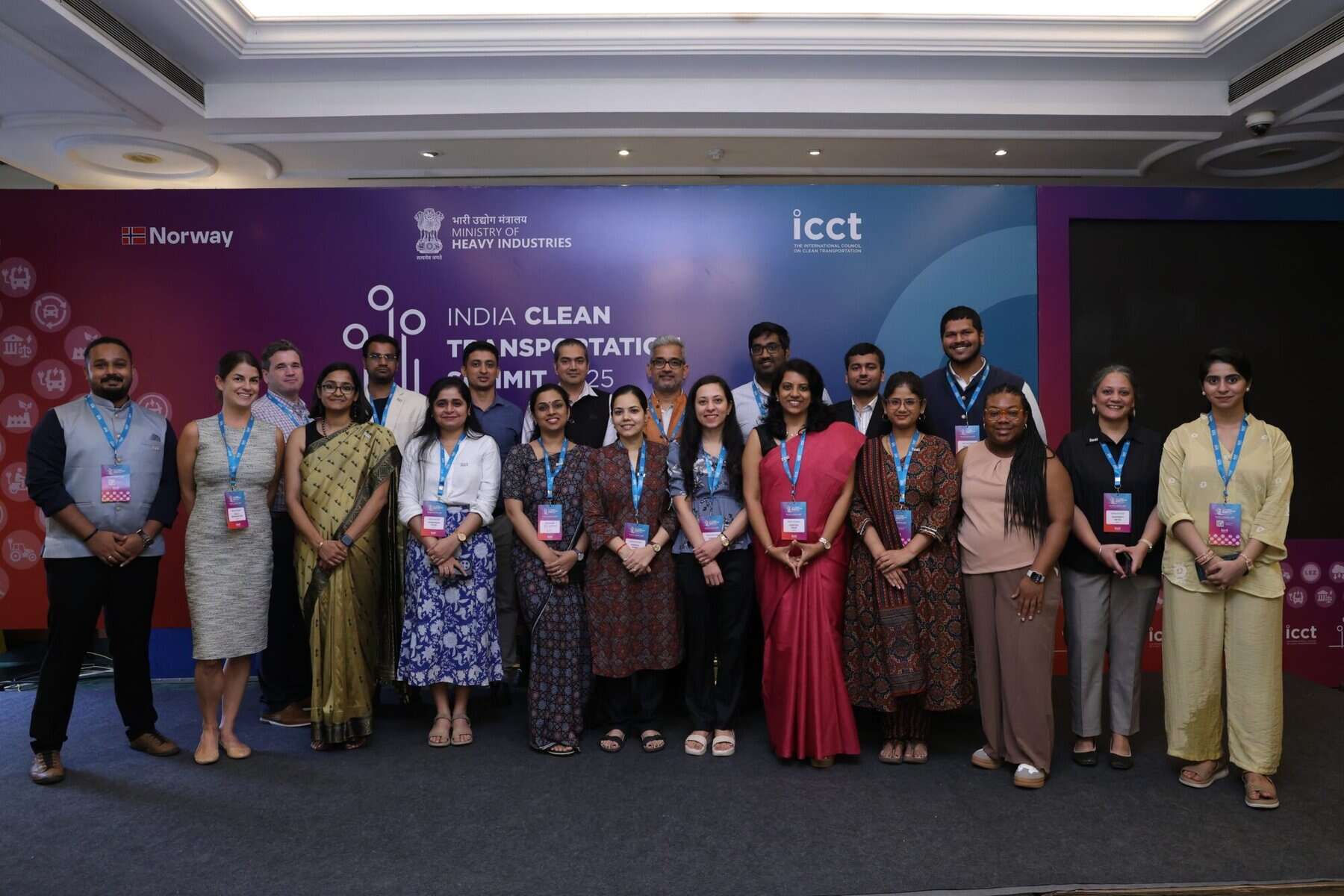Powering the Future of Freight: India’s Path to an E-Truck Network

Image: ICCT
The conversation around clean mobility in India is no longer just about cars and buses. At this year’s India Clean Transportation Summit (ICTS) 2025), freight took center stage with the launch of a groundbreaking analysis by the International Council on Clean Transportation (ICCT). The study marks the first nationwide look at what it will take to build the charging backbone for India’s future fleet of electric trucks.
A Concentrated Demand
By the end of this decade, India will need close to 9 gigawatts of charging capacity to keep approximately 130,000 e-trucks on the move. To illustrate the scale, that’s over five times the electricity Delhi can currently generate.
What’s striking is how unevenly this demand is distributed. Five states — Maharashtra, Uttar Pradesh, Rajasthan, Gujarat, and Madhya Pradesh — will shoulder more than 70% of the total charging requirements. These regions sit along the country’s busiest freight arteries such as the Golden Quadrilateral and the Delhi–Mumbai and Eastern Dedicated Freight Corridors, making them natural front-runners for early infrastructure investment.
Why the Stakes Are High
Trucks form the backbone of India’s logistics economy, but they are also responsible for a disproportionate share of transport emissions. Without decisive action, the sector risks undermining India’s broader net-zero 2070 pledge. Achieving 100% zero-emission truck sales by 2050 is therefore essential.
Electrifying freight offers more than climate benefits. It reduces dependence on imported fuels, helps improve urban air quality, and strengthens supply chains by lowering long-term operating costs. In short, it is a climate solution with clear economic and public health dividends.
Policy Signals and the Road Ahead
India has already laid important groundwork. Fuel efficiency rules and the PM E-DRIVE program are providing incentives for e-trucks and their supporting infrastructure. But scaling up will require more coordinated action.
The ICCT study points to four priorities:
- Develop national and state-level roadmaps for charging networks
- Plan electricity grids in tandem with high-capacity freight charging needs
- Close freight data gaps with modern tracking systems
- Embed charging infrastructure into logistics and supply chain planning
Because states control critical levers like land use, tariffs, and grid capacity, their role will be decisive in turning ambition into reality.
Insights from ICTS 2025
Speakers at the summit emphasized both urgency and opportunity:
- Amit Bhatt, ICCT India: “Building robust charging infrastructure must be a top priority. Without it, adoption will face unnecessary roadblocks.”
- Drew Kodjak, ICCT Global: “Electric trucks are already gaining traction worldwide. India can leapfrog by building the systems that will allow large-scale adoption.”
- Arvinn Gadgil, Norwegian Embassy: “A breakthrough in India’s freight transition could be a recipe for saving humanity.”
Setting a Global Benchmark
Globally, more than 400 electric truck models are already available. The question is not whether freight electrification is possible, but how quickly it can scale. For India, the decisions made in this decade will shape the logistics backbone of its economy for generations.
At Hybrid Alliance, we see freight electrification as one of the most transformative shifts in clean mobility. It is where climate ambition meets real-world impact — reducing emissions, strengthening economies, and improving lives. With the right policy, investment, and innovation, India has the chance to set a global example in building a sustainable freight future.
Learn more about ICTS 2025 here: https://theicct.org/wp-content/uploads/2025/09/First-national-study-maps-Indias-e-truck-charging-needs-identifies-5-states.pdf
Read more: India Clean Transportation Summit 2025 – International Council on Clean Transportation


